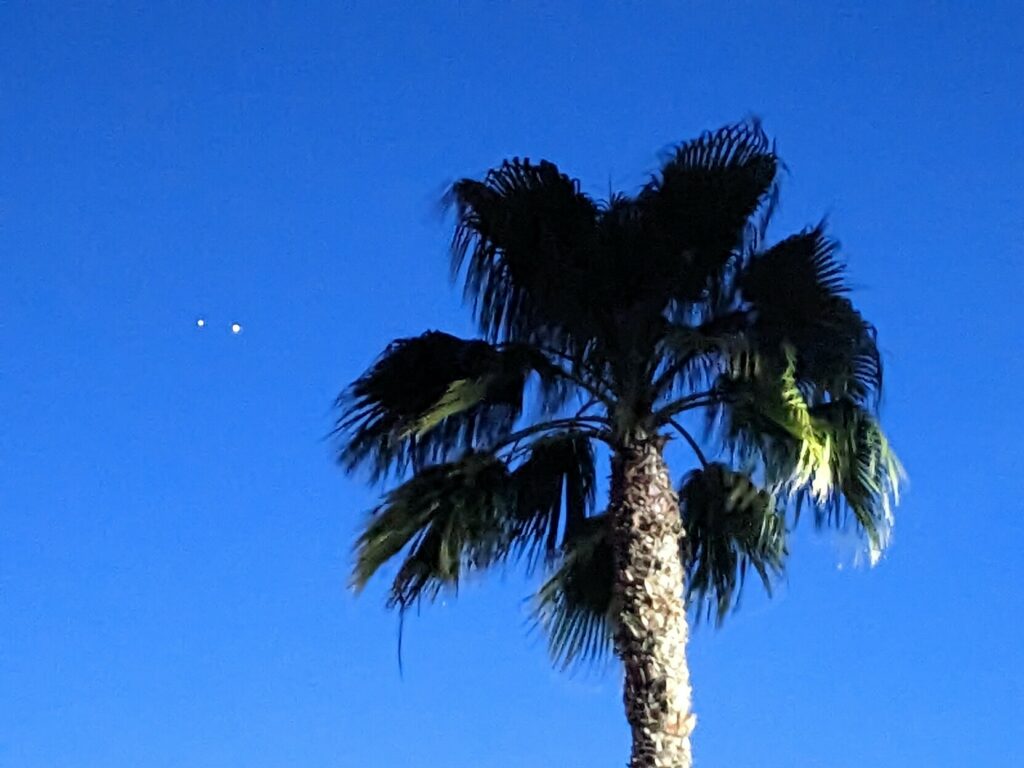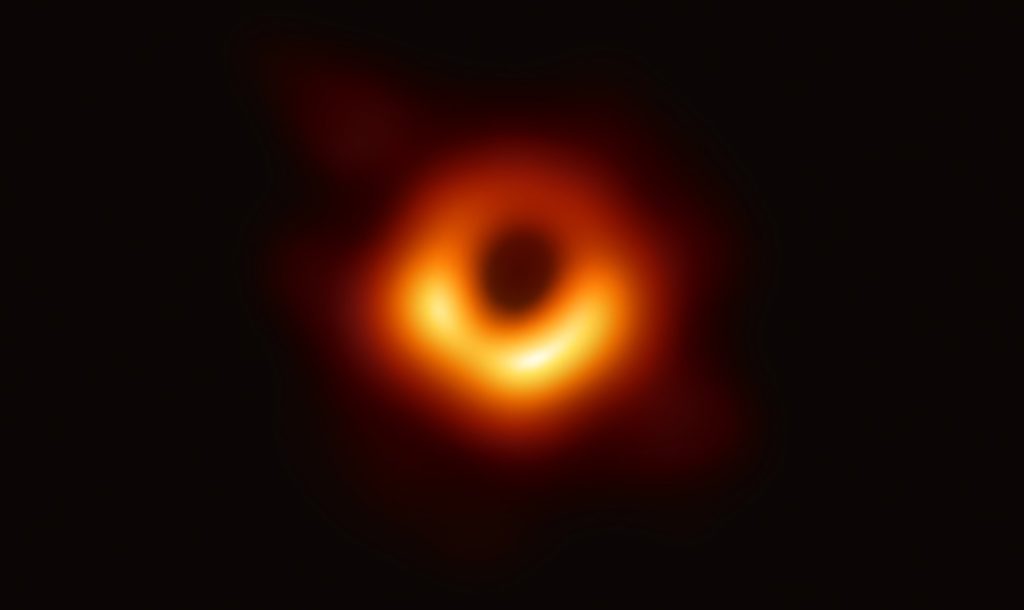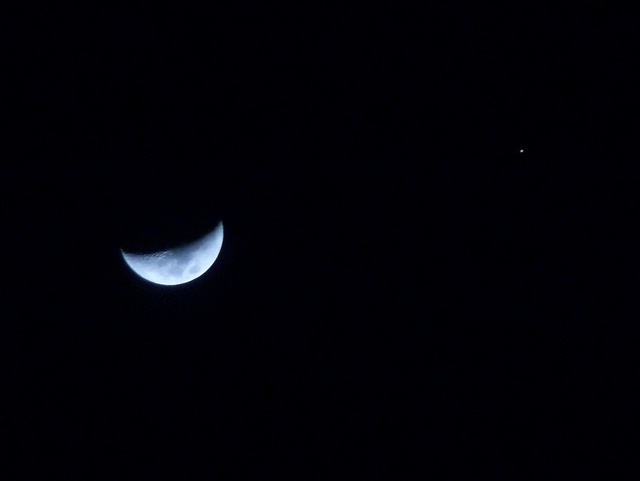#Venus and #Jupiter #conjunction! Right now!

#stargazing #astronomy #planets #BlueSky #photo
Followup: I got a better photo using the good camera and tripod after I got home
Archiving my Twitter, Facebook and other social network activity
#Venus and #Jupiter #conjunction! Right now!

#stargazing #astronomy #planets #BlueSky #photo
Followup: I got a better photo using the good camera and tripod after I got home
I love the fact that we can actually *use* gravitational lensing to see things in space even more distant than our telecopes can, almost as far out as the edge of the observable universe. (i.e. before things are too far for light to have reached us yet at all.)
And find surprises, like this early, early galaxy that looks like it had already started rotating 13.3 billion years ago.
https://www.syfy.com/syfy-wire/bad-astronomy-alma-observations-galaxy-jd1-rotating
#space #astronomy #science
End of an era.
The 57-year-old Arecibo radio telescope, damaged by storms and snapped cables, and already set to be decommissioned, has collapsed before it could be dismantled.
Fortunately, no one seems to have been injured.
Arecibo Observatory in Puerto Rico collapses as engineers feared
The telescope’s 900-ton platform came crashing down overnight
“You know of what I speak, Gandalf: a great Eye, lidless, wreathed in flame.”
#lotr #astronomy #blackholes #EyeOfSauron

Article by Phil Plait explaining the science behind the Event Horizon Telescope’s ground-breaking image of the supermassive black hole in M87 – the world’s first-ever actual image of the event horizon (or, more precisely, silhouette) of a black hole.
https://www.syfy.com/syfy-wire/the-first-image-of-the-event-horizon-of-a-black-hole
Birdsite thread by @AstroKatie on how the image was produced and why the ring looks the way it does, plus simulations of different viewing angles.
First ever direct image of a black hole! The supermassive black hole in the galaxy M87 — 6.5 billion times as massive as the Sun! #EHT #BlackHole The image is better than I expected! pic.twitter.com/Tv7I36v4xQ
— Katie Mack (@AstroKatie) April 10, 2019
#science #space #astronomy #blackholes

I don’t remember where I saw the link (might have been here, but I thought I’d share it in case it was somewhere else), but this is an interesting article on China’s SETI efforts and historical clash of civilizations through the lens of Liu Cixin’s The Three Body Problem and its sequels.
#sffbookclub #seti #astronomy #china #books #scifi
A binary star system passed within one light year of our solar system only 70,000 years ago. It may have jostled a bunch of comets out of their orbits at the time.
Did a close pass by an alien star system millennia ago rain down comets on the solar system?
Comments on Facebook:
Brion Vibber: The Red Star…!
Mar 22, 2018, 12:52 PM
Kelson Vibber: Yeah, I was thinking that too! Sadly, the red dwarf system would have still been too faint to see without a telescope even at its closest approach.
Mar 22, 2018, 4:53 PM
Kelson Vibber: Wish I had time to re-read some of the Dragon Riders books, though.
Mar 22, 2018, 4:54 PM
Jim Vibber: Well, strictly speaking, the “Red Star” in McCaffrey’s series was a red planet, kind of like Mars — with an eccentric orbit harmonically linked to the orbit of Pern — so it LOOKED like a star in the sky, just like Mars does. The one time they tried to travel “between” to that planet, the description sounded more volcanic or like Venus than anything else — winds, heat, acidic atmosphere… kind of an odd source for spores of a fungus-type life form (but I trust her to have done lots of research to justify it). Humans without telescopes have very limited perceptions of just how far away those “lights in the sky” really are.
Mar 22, 2018, 5:05 PM

St. Patrick’s Day Moon & Jupiter on Flickr.
Yesterday I looked at the moon and Jupiter and thought, there’s going to be another conjunction tomorrow, isn’t there? Then I forgot, but fortunately I had to make a grocery run.
I took this photo just minutes ago. If you’re in the western half of North America, and the sky is clear, you can walk outside RIGHT NOW and see this.